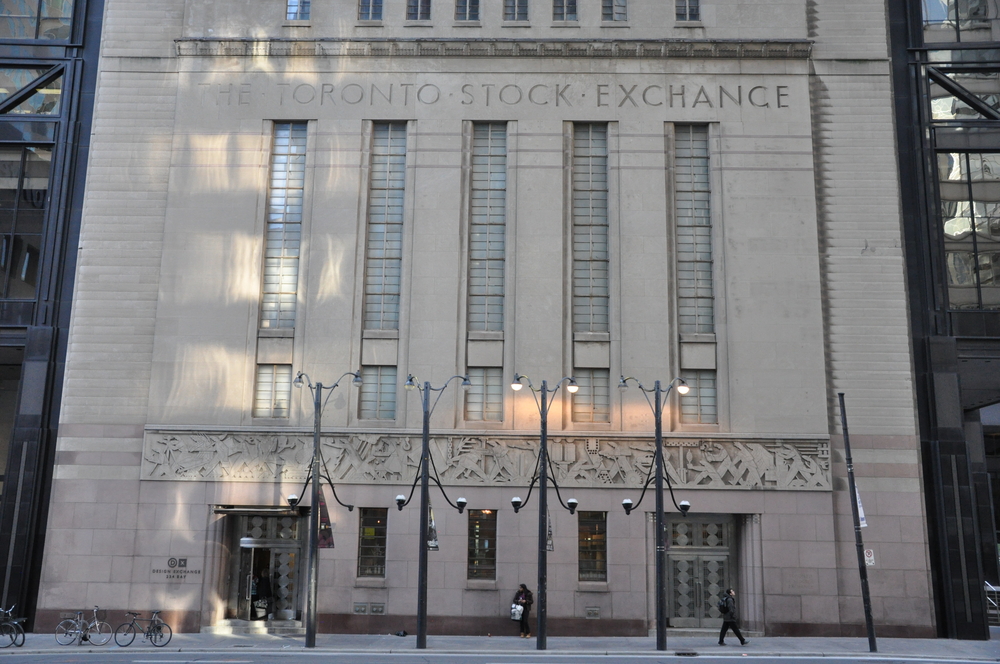Breaking
Roundup: Canadian stock retreats to 31-month low as central bank keeps rate unchanged
TORONTO – Canada’s main stock market in Toronto dipped to 31-month low on Wednesday amid falling international oil prices and a decision by its central bank to keep the key interest rate unchanged.
The Toronto Stock Exchange’s benchmark Standard & Poor’s/TSX Composite Index lost 159.13 points, or 1.33 percent, to close at 11,843.11 points. It is the index’s lowest levels since June 2013.
Seven of the TSX index’s eight main sectors lost ground, with financial stocks leading the decline with a 1.78 percent loss, responding negatively to Bank of Canada’s announcement to maintain the benchmark rate at current levels of 0.5 percent.
Royal Bank of Canada slid 2.68 percent to 65.62 Canadian dollars a share, Toronto-Dominion Bank shed 1.75 percent to 49.41 dollars a share and Bank of Nova Scotia slumped 2.63 percent to 51. 87 dollars a share.
The TSX energy group took another nosedive Wednesday after U.S. oil price plummeted below 27 U.S. dollars a barrel as the market continued to be bewildered by a supple glut amid fears about the pace of global growth. The overall energy sector went down 1.30 percent.
The central bank cut its rate twice in 2015 in an attempt to stimulate the economy but did not seem to work well.
Many economists were expecting another cut but the central bank said inflation in Canada is evolving broadly as expected and that the dynamics of the global economy are broadly as anticipated in previous monetary policy report.
“China continues its transition to a more sustainable growth path and the expansion in the United States is on track, despite temporary weakness in the fourth quarter of 2015,” Bank of Canada Governor Stephen Poloz said in Ottawa.
The central bank acknowledged the slide in the price of oil and other commodities represented a setback and it estimated that fourth-quarter growth had stalled, with excess capacity not seen starting to be absorbed until the second quarter of 2016.
“We are seeing a typical stagflation, commodity price skyrocketing and unemployment rate going higher,” said Brian Chen, finance director and corporate controller at RioCan Management Inc. “A foreseeable rate cut would serve to stimulate the sluggish economy.”
“But it wouldn’t help much the resource sector or high debt ratio until the oil prices rebound,” Chen told Xinhua.
Fan Yang, fellowship of Canadian Securities Institute (FCSI), was among those who was expecting a rate cut. He said Wednesday he still thinks there will be one sooner rather than later.
“A cut would expedite the depreciation of Canadian dollar, but we wouldn’t rule out another rate cut in March or April at the latest,” Yang said.
The central bank projects Canada’s economy will grow by about 1. 5 percent in 2016 and 2.5 percent in 2017. The next scheduled date for Bank of Canada announcing the overnight rate target is March 9.
The Canadian dollar jumped about half a cent on the rate news, a sign that investors were worried about a rate cut, and priced it into the value of the currency.
By closing, the Canadian dollar was traded mildly higher at 0. 6901 U.S. dollar, compared with Tuesday’s closing rate of 0.6869 U. S. dollar.






















